Whether you’re a new college graduate or an established professional, it’s never too early to start saving for your retirement. As one might expect, the longer you live, the more resources you’ll need to sustain your lifestyle, so it’s always a good idea to start saving sooner rather than later.
When saving money for your retirement, there are two common types of individual retirement accounts (IRA) that you can invest in: a Roth IRA and a traditional IRA.
Key Differences Between a Roth IRA and a Traditional IRA
There are some similarities between traditional IRAs and Roth IRAs, but what is important is the differences between the two. There aren't a lot of differences, but the differences that exist can have a significant impact on your financial future. Let's take a look at the biggest differences.
Deductibility of Contributions
When beginning the decision-making process, it’s important to determine how you prefer your contributions to be made. With a traditional IRA, contributions can be made with pre-tax dollars so you can lower your income tax liability for the tax year the contribution is made. With Roth IRAs, the contributions are made with after-tax dollars, so your contributions are not tax deductible and do not lower your income tax liability for the year the contribution is for.
Taxation of Distributions
With traditional IRAs, because you received a tax deduction for the contribution, when withdrawals are made the entire distribution is taxed at ordinary income tax rates. With a Roth IRA, since you already paid taxes on your contributions, withdrawals of earnings after age 59-1/2 (and after the 5 year rule) are completely tax-free. This can be a huge advantage in retirement if the earnings have made the contributions grow in multiples over the years.
Withdrawals
If you’re concerned about when you’ll be able to take money out of your retirement account, there are rules for required minimum distributions (RMD) that must be followed for traditional IRAs. Right now when you reach age 72, you must begin taking regular minimum withdrawals from the traditional IRA. This is done so that the government can begin collecting taxes. Roth IRAs on the other hand are not subject to these RMDs since taxes were already paid on the contributions and there is no tax for the government to collect on the earnings. This may make the Roth IRA more appealing to those who do not want to be required to distribute their retirement assets before they’re ready.
Contribution Limits
Traditional IRAs and Roth IRAs typically share the same annual contribution limits. However, there are different limitations to the deductibility of contributions to traditional IRAs that are based on income levels and whether or not you can or do participate in an employer sponsored retirement plan (i.e. 401(k)). For example, if you're married filing jointly and do participate in an employer-sponsored retirement plan, your contribution is fully deductible if your income is $77,000 or less in 2024, and not deductible at all if your income is greater than $143,000. Income between those amounts means your contribution is partially deductible. If you're married filing jointly and don't and can't participate in an employer-sponsored retirement plan, then your contribution is fully deductible if your income is $230,000 or less in 2024, and not deductible at all if your income is greater than $240,000. Income between those amounts means your contribution is partially deductible.
With a Roth IRA, not everyone is able to make a contribution. For example, with a Roth IRA, those who are married filing jointly can make a full contribution if their income is less than $230,000, and no contribution if their income is more than $240,000. Those with income between $230,000 and $240,000 may make a reduced contribution.
An important note here is the backdoor Roth IRA contribution. This will be covered in next week's Escient Financial Insights article, but essentially this is a way to make a Roth contribution even when you normally wouldn't be eligible.
Weighing Your Options
While Roth IRAs and traditional IRAs share similarities, it's important to consider the differences. The biggest difference is when you pay taxes, and comparing the potential taxation requires looking at the various factors. Those factors include your current income level and tax bracket, how long you have before retirement, how long you think you'll live, and what you think your tax rate may be in the future, especially during retirement.
Another consideration is when you think you may want access to the money in the accounts. You're more limited with traditional IRAs, whereas Roth IRAs give you access to your contributions at any time.
What is the Right Choice for You?
When it comes to choosing between a Roth IRA and a traditional IRA, there is no right answer. Everyone is going to have a different preference depending on when they want to pay their taxes, withdraw their distributions, and more. However, it’s important to compare the pros and cons of each before making a decision if you want to make the optimal choice for you and your family.
Preparing for your retirement may seem like a daunting task, but deciding which retirement plan suits your needs the best is the first step to securing your assets, future, and well-being for the coming years. It’s also important to understand that your needs could change, so be sure to not only think about your current preference, but also what you might prefer in the years to come. To get help with that, you can enlist a professional financial planner like Escient Financial to help you make the right decisions for your financial future. Go ahead and...
This content is developed from sources believed to be providing accurate information. The information in this material is not intended as investment, tax, or legal advice. It may not be used for the purpose of avoiding any federal tax penalties. Please consult legal or tax professionals for specific information regarding your individual situation. The opinions expressed and material provided are for general information, and should not be considered a solicitation for the purchase or sale of any security. Digital assets and cryptocurrencies are highly volatile and could present an increased risk to an investors portfolio. The future of digital assets and cryptocurrencies is uncertain and highly speculative and should be considered only by investors willing and able to take on the risk and potentially endure substantial loss. Nothing in this content is to be considered advice to purchase or invest in digital assets or cryptocurrencies.
Enjoying Escient Financial’s Insights?
The weekly newsletter is usually delivered to your email inbox Friday or Saturday, and includes:
- the latest Escient Financial Insights articles
- a brief of the week's important news regarding the markets
- recommended third-party reads
- selected Picture of the Week
Escient Financial does NOT sell subscriber information. Your name, email address, and phone number will be kept private.
















